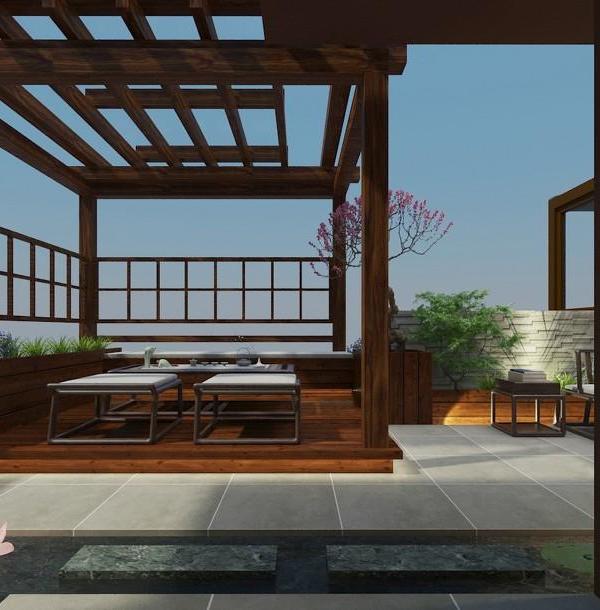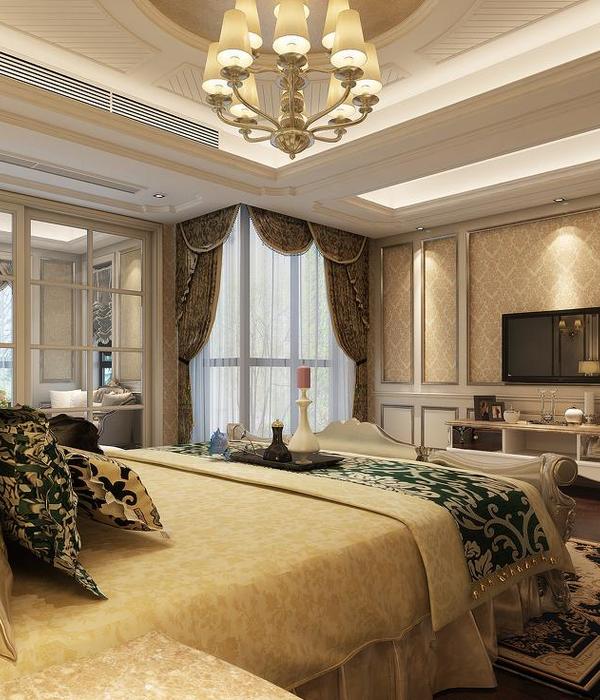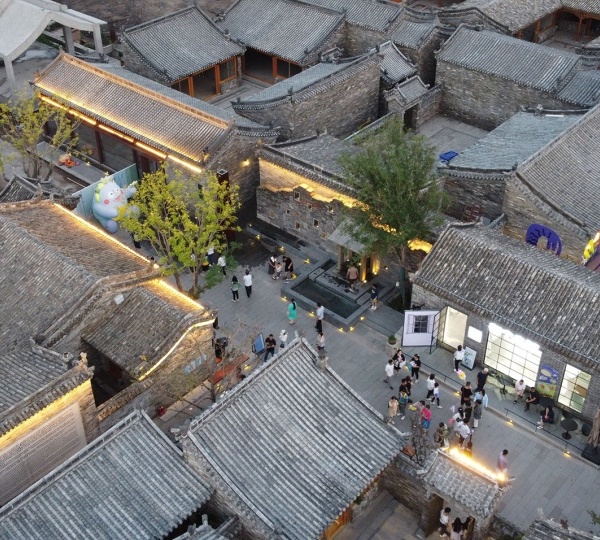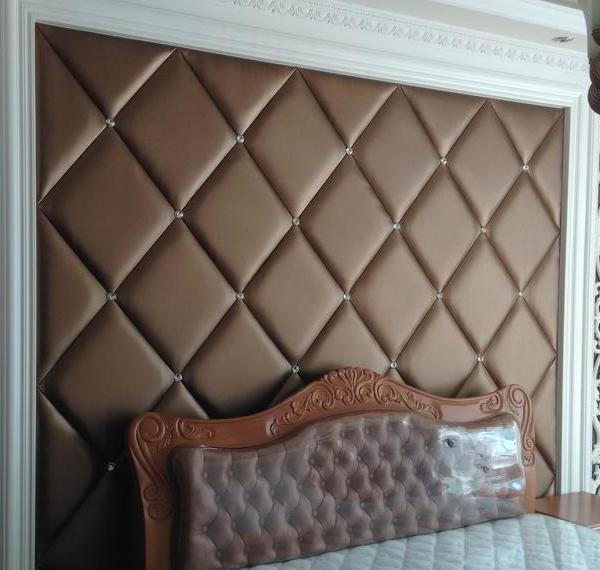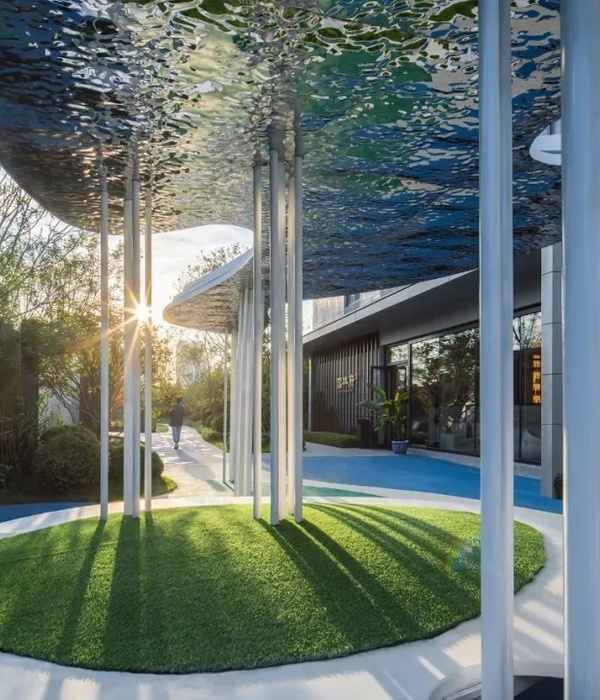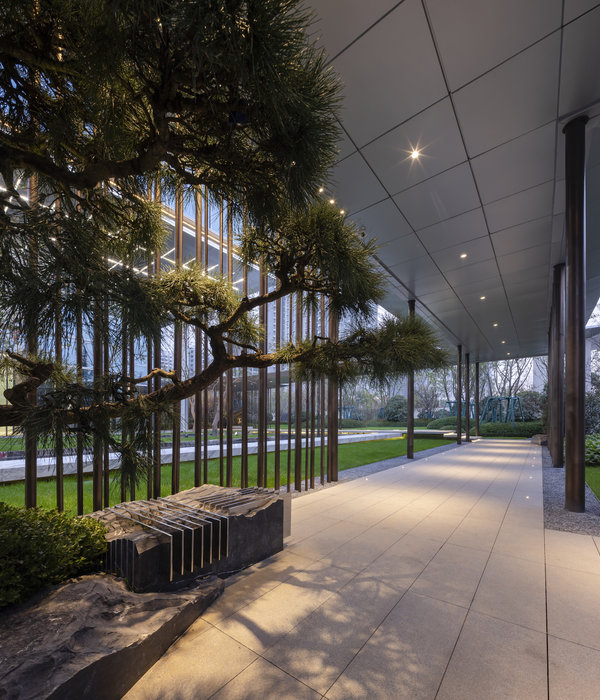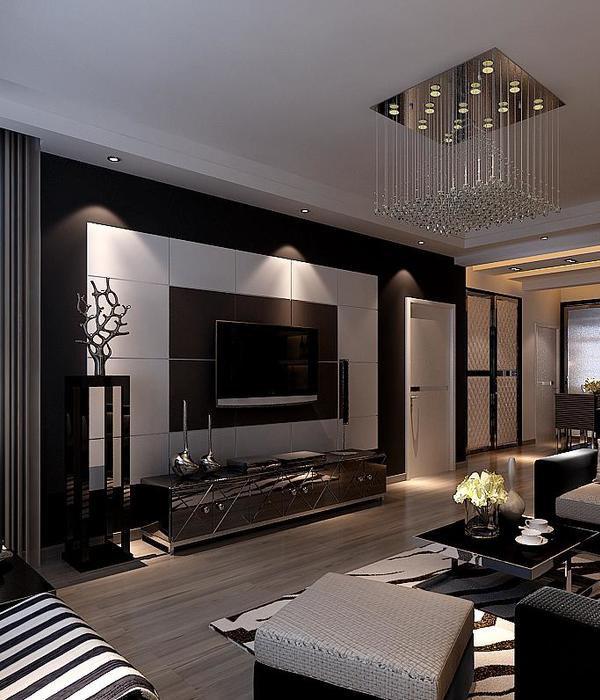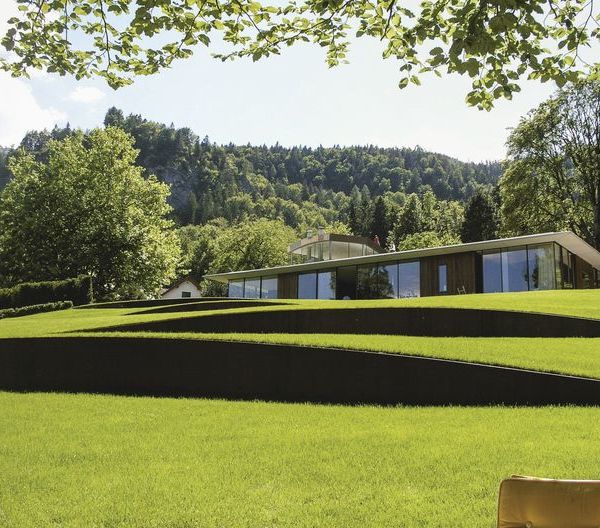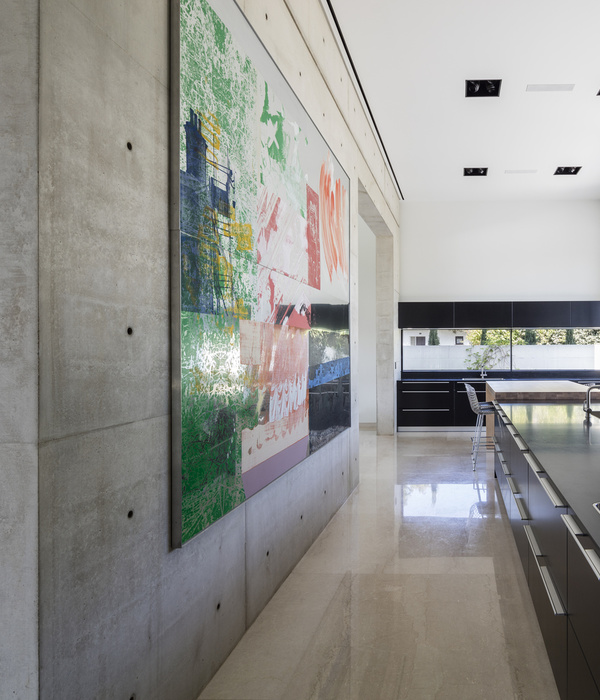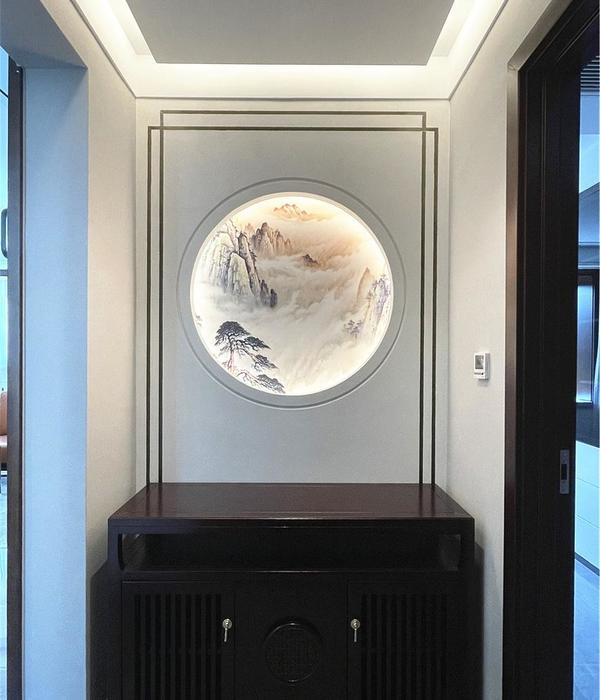该项目位于Boulogne-sur-Mer与巴黎之间的Suze农场,是由一座旧驿站改造而来,如今成为一个种马场,用于看护布洛涅地区的挽马并帮助它们配种和繁衍。马场的建筑简单而质朴,其传统的体量、材料和结构系统通过现代的设计语言被组织起来。
The farm of Suze is a former post house connecting Boulogne-sur-Mer to Paris. It is today transformed into a stud farm of breeding and care in order to preserve the race of draught horses from the Boulonnais area. The architecture is simple, rustic, using the traditional volumes, materials and constructive systems in a contemporary vocabulary.
▼项目概览,overall view © SCHNEPP-RENOU
该项目重点关注了对场地本身的保护和发展。在设计团队看来,这是一个具有重要意义的场地,因为它不仅彰显了一个特殊行业的特点,更在Caps et Marais d’Opale自然公园的特殊环境中维系着人与马的和谐关系。本次设计的目标是,在乡村建筑和传统布洛涅马种的传承均受到威胁的背景下,“为振兴场地中丰富的遗产做出贡献”。因而,设计团队希望可以最大化地利用当地独特的乡村建筑与土地景观,同时实现与马匹管理相关的特殊功能需求。
设计的三条主线包括: 1.在建筑上,围绕Suze农场的特殊环境(四面均向景观开放)创造新的结构。 2.在景观上,发展并增强农场的田园氛围。 3.在功能上,以具体且实用的方式帮助布洛涅马更好地生存和发展。
▼场地位置,situation © Joly&Loiret Architecture Agency
The development of our project is part of a process aiming to celebrate, preserve and enhance the site, which we thought remarkable. Remarkable because it embodies the specifics of a particular business and of the relationship between man and horse within the special environment of the Caps et Marais d’Opale Regional Natural Park. Our aim was to «contribute to reviving this rich heritage, thereby enhancing it,» in a context where rural architecture and the traditional Boulonnais breed of draught horse are under threat. We therefore wanted to make the most of the identity of the site as much in terms of its unusual and exceptional rural architecture and land- scape, as in terms of the functions specific to the equine business to be developed.
Thus three lines of reflection were organised, as follow: 1.With regards the architecture: project developed around the specific typology of the Ferme de la Suze (four-sided farmyard with the open corners, giving views over the landscape); 2.With regards the landscape: development and reinforcement of the pastoral structure; 3.With regards functions: using the particularity and functional implications linked to the development of the Boulonnais draught horse (relationship between man and horse).
▼建筑外观,buildings exterior view © SCHNEPP-RENOU
▼水池,poolside © SCHNEPP-RENOU
在布局和功能方面,马棚和活动空间在四边形的场地中得到了保留和加固。新建筑采用木材、石材和砖等当地材料建造,并围绕着跑马草地分布,为构建第二个四边形场地提供了可能——这样的安排方式是为了创造一个和谐一致的整体。所有的功能均被集中在这些“内外连通”的环境中,其中既有的庭院起到了关键性的作用。各类公共活动和专业活动空间的并置(而非混合)为人与人以及人与马之间的交流提供了不同的可能性。
▼轴测图,axon © Joly&Loiret Architecture Agency
In terms of arrangement and functionality, the organisation of the residence–activity within a quadrilateral plan is maintained and reinforced. The new buildings, in timber, stone and brick – all local materials – are positioned around the grass arena, giving the possibility of re- creating a second quadrangle. The aim of the ensemble is to constitute a homogenous and coherent architecture. All the functions are turned onto these ‘interior–exteriors’, notably the existing courtyard. Consequently the life of the structure is placed firmly at its centre, as it would have been in the past by juxtaposing, while never mixing, the different public and professional activities so as to generate occasions for meeting in order to inhabit the site.
▼庭院,courtyard © SCHNEPP-RENOU
▼马棚内部,interior view © SCHNEPP-RENOU
▼带顶训马场,the covered court © SCHNEPP-RENOU
▼内部空间细节,interior details © SCHNEPP-RENOU
场地的几个入口均可从外部停车场到达,同时又互不干扰。宽阔的外围区域种植着原生的灌木和树木,与周围的牧区景观保持了和谐的关系。停车场被纳入到一个与场地其他部分相协调的景观当中,同时利用了牧区中既有的排水系统。从主干道上看,B栋建筑的主立面显得非常具有吸引力,为马场中的活动提供了一个商业性的窗口。
The different entrances are accessible from the external car parks, yet without colliding. This large external area will be laid out in keeping with the surrounding pastoral landscape, with indigenous hedgerows and trees. The desire is to enrol the parking within a landscape that is coherent with the rest of the site, but also to make use of the existing drainage system of the bocage. From this and the main road, the main facade of B building catches the public eye and provides the commercial window of the activity.
▼临街立面,view to the facade from the road © SCHNEPP-RENOU
▼大草坪,the grass arena © SCHNEPP-RENOU
基于客户希望长期发展旅游业的愿望,设计团队试图从建筑外观和技术方案两个层面上同时彰显项目的“田园气质”,也就是说,设计要尽可能地保持乡村环境的宜人感。凭借实用的功能、简单的结构系统和材料以及经济的土地利用方式,该项目为当地文化遗产的保护和加强贡献出了自己的一份力量。
Given the client’s desire to develop local tourism over time, it was important that we designed the project «like a farm», both in terms of architectural reflection and of local technical solutions. That is to say to line ourselves up with rural good sense. Good sense linked to functionality, to the simplicity of constructive systems and of materials, and of economy of means and of land. It is in this way that we feel we have participated in the preservation and reinforcement of the region’s cultural heritage.
▼田园气息,rural good sense © PE LOIRET
▼体块示意,massing © Joly&Loiret Architecture Agency
▼平面图和剖面图,plan and sections © Joly&Loiret Architecture Agency
▼剖面细节,section details © Joly&Loiret Architecture Agency
CONTEXTE: Ferme de la Suze, Samer CONDITION: Commande publique MAITRISE D’OUVRAGE: C.C. Desvres Samer SURFACE: 2 500 m2 + 7,5 ha de paysage BUDGET: 4 M€ HT CALENDRIER: Livraison 2019 MISSION: Architectes mandataires mission de base + HQE + Paysage ÉCORESPONSABILITÉ: Restructuration patrimoniale, Eco-matériaux (brique + bois + pierre), Isolation chanvre, Enduit à la chaux, Réemploi, récupération de matériaux EQUIPE: AI ENVIRONNEMENT (FLUIDES, THERMIQUSE ET ENVIRONNEMENT), EVP (STRUCTURE), PASTIER (ÉCONOMIE), URBATEC (VRD) CHEF DE PROJET: Charlotte Siwiorek
{{item.text_origin}}

